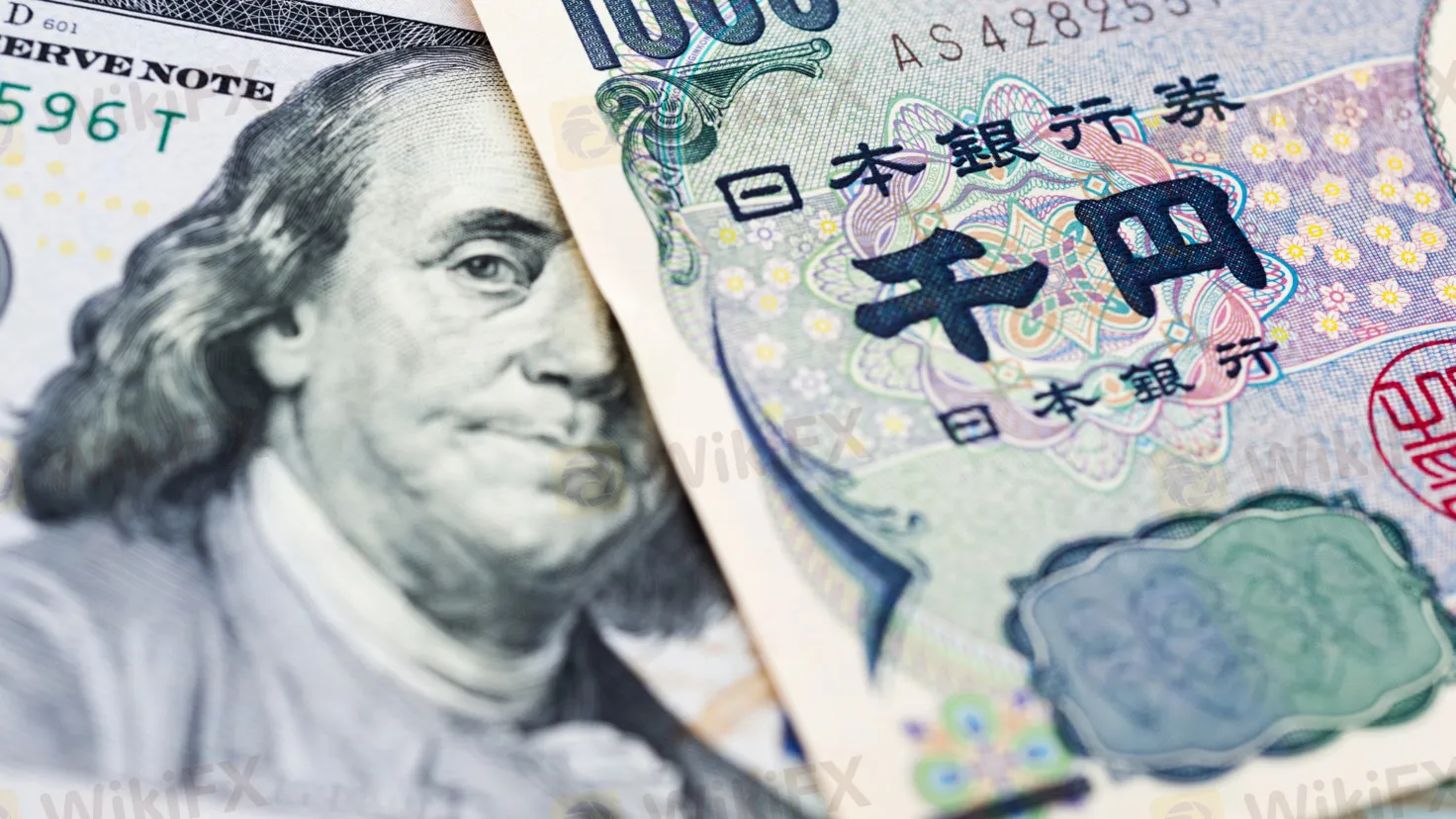简体中文
繁體中文
English
Pусский
日本語
ภาษาไทย
Tiếng Việt
Bahasa Indonesia
Español
हिन्दी
Filippiiniläinen
Français
Deutsch
Português
Türkçe
한국어
العربية
Widening Yield Spread Weighs on JPY, CHF & EUR| Influencer‘s Insight •Jasper Lo
Abstract:Commodities other than gold, palladium and silver have been surging recently, fueling inflation at the same time. The US particularly performs so because of its healthier economic indicators compared with other major industrial countries.

Commodities other than gold, palladium and silver have been surging recently, fueling inflation at the same time. The US particularly performs so because of its healthier economic indicators compared with other major industrial countries. As a result, the market worries that neither the Fed has any more leverage to add monetary easing measures, nor the country sees any necessity to do so according to its economic and stock performance. On the contrary, the bank might gradually tighten the monetary policy in the second half of the year.
Inflation expectations in the US have soared amid hopes for economic recovery, further stimulating the hiking US 10-Year Treasury Yield. At the same time, bonds that offer the same maturity also see yields rising in other countries. Investors who are bearish about the greenback regard it as an unfavorable factor to the dollar. However, these industrial countries gained far fewer than the US in such a bond, attributed to their tepid recovery and the long-lasting deflation. Their weaker upside momentum makes the yield spread even wider. Therefore, long-term bond investors in these countries sell domestic bonds and buy the US ones, boosting the dollar by driving capital inflows.

For instance, in early August last year, the US bond yield bottomed out from the low of 0.51% while Japan‘s 10-Year Bond Yield was 0.01%, indicating a spread of 0.5% only. At the present time, the yields in the US and Japan are 1.48% and 0.13%, respectively, showing a spread as high as 1.35%. In this case, investors of Japan’s bonds may long the US treasuries, which leads to the selling of the yen and the buying of the dollar. By this account, the US 10-Year Treasury Yield will continue hampering the yen as long as it remains constructive. Similar things also occur in Switzerland, Germany, France and even a number of eurozone countries. By the edge of yield spread, pairs of USD/JPY, USD/CHF, and USD/EUR have all spiked. That yield in the UK rose even more sharply than in the US, sending aggressive upsides to the pound.
The soaring US bond yield has also put pressure on technology stocks. As most technology companies develop by borrowing or lending debts, the surging yield will result in a high cost of borrowing for them. As mentioned earlier, the economic revival has dampened risk aversion, bringing lower bond prices and higher bond yields. It dragged down gold, the Japanese yen and the Swiss franc at the same time. In general, this trend will extend to Q2 at the shortest.
Disclaimer:
The views in this article only represent the author's personal views, and do not constitute investment advice on this platform. This platform does not guarantee the accuracy, completeness and timeliness of the information in the article, and will not be liable for any loss caused by the use of or reliance on the information in the article.
Read more

Key Forex Strategies
New to forex trading and looking for simple and effective trading strategies? We got you covered! In this quick guide, we'll explain some of the key forex strategies which are easy to digest. So, let's start!

Fundamental vs Technical Analysis
Fundamental and technical analysis play some of the most influential and critical roles in making trading decisions amongst traders today. They are widely accepted by stock, foreign exchange, indices and cryptocurrency traders worldwide. Traders use either or both of the methods to make key trading decisions in their respective markets.

Going Short of JPY Is Boosted by Yellen’s Remark on Interest-Rate Hikes Again
When interviewed by Bloomberg, Yellen, the U.S. Treasury Secretary, indicated that the USD 4-trillion budget released by Biden would be beneficial to America even if it may increase inflation and interest rates.

Brent oil is predicted of bullish repricing by Goldman Sach
According to Goldman Sachs' head of energy research, a nuclear deal between the U.S. and Iran could send energy prices higher - even if it means more supply in the oil markets. Talks are ongoing in Vienna between Iran and the six world powers - the U.S., China, Russia, France, U.K., and Germany - trying to salvage the 2015 landmark deal. Officials say there's been progress, but the conclusion of the negotiations remains unclear and oil prices have been soaring as a result.
WikiFX Broker
Latest News
ASIC Sues Binance Australia Derivatives for Misclassifying Retail Clients
Geopolitical Events: What They Are & Their Impact?
Top 10 Trading Indicators Every Forex Trader Should Know
WikiFX Review: Is FxPro Reliable?
Malaysian-Thai Fraud Syndicate Dismantled, Millions in Losses Reported
Trading frauds topped the list of scams in India- Report Reveals
Why Do You Feel Scared During Trade Execution?
WikiFX Review: Something You Need to Know About Markets4you
Revolut Leads UK Neobanks in the Digital Banking Revolution
Fusion Markets: Safe Choice or Scam to Avoid?
Currency Calculator


